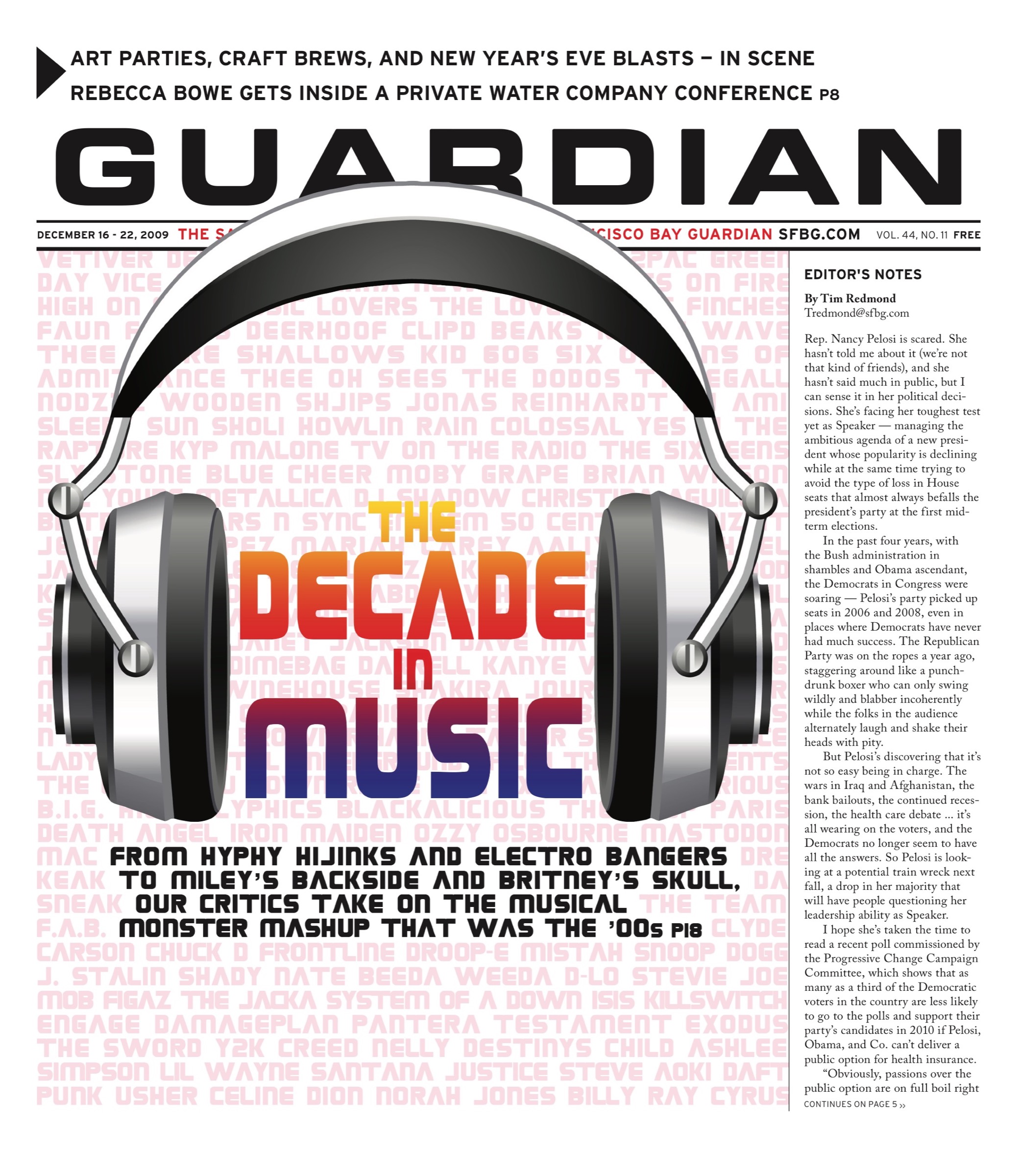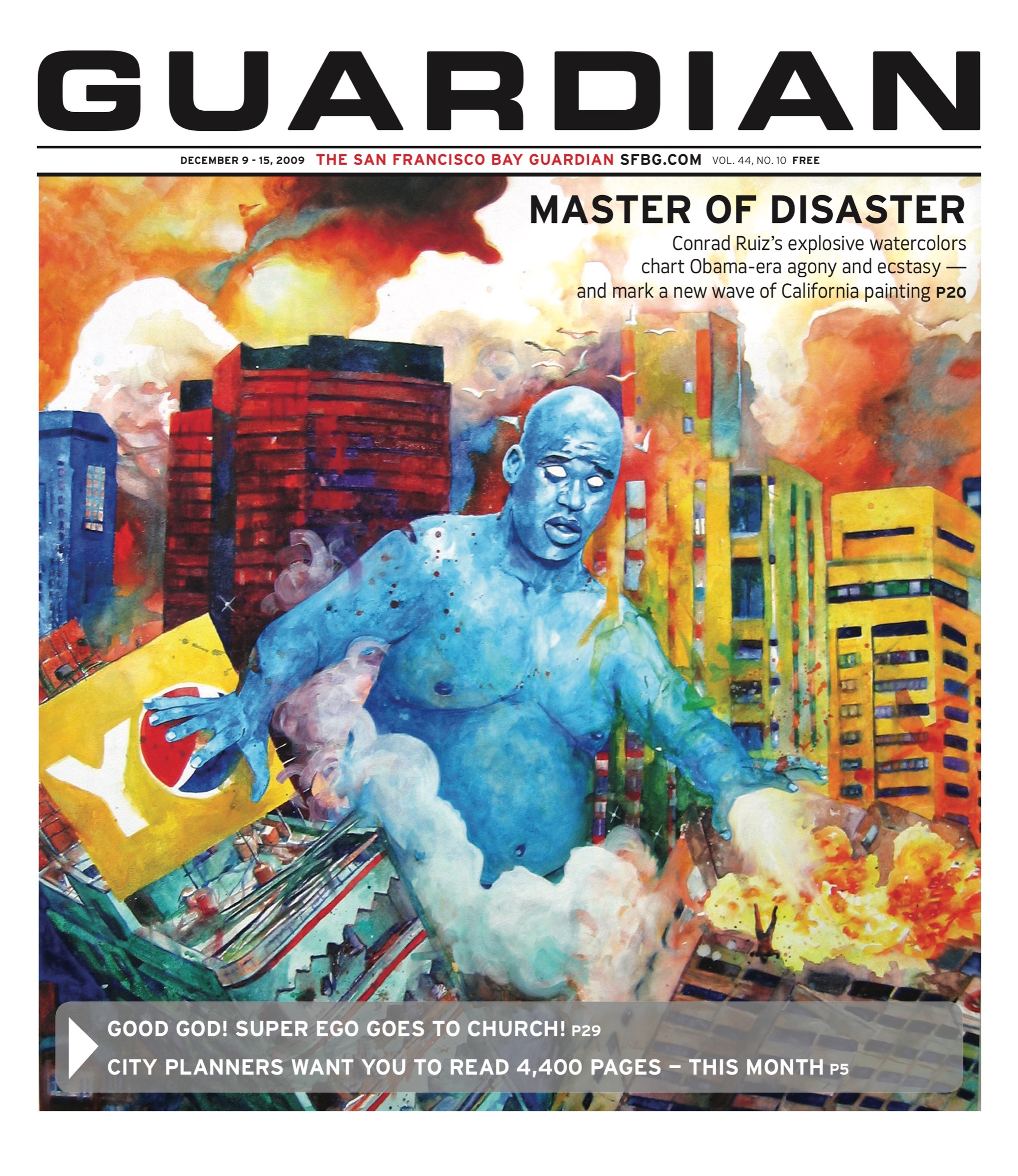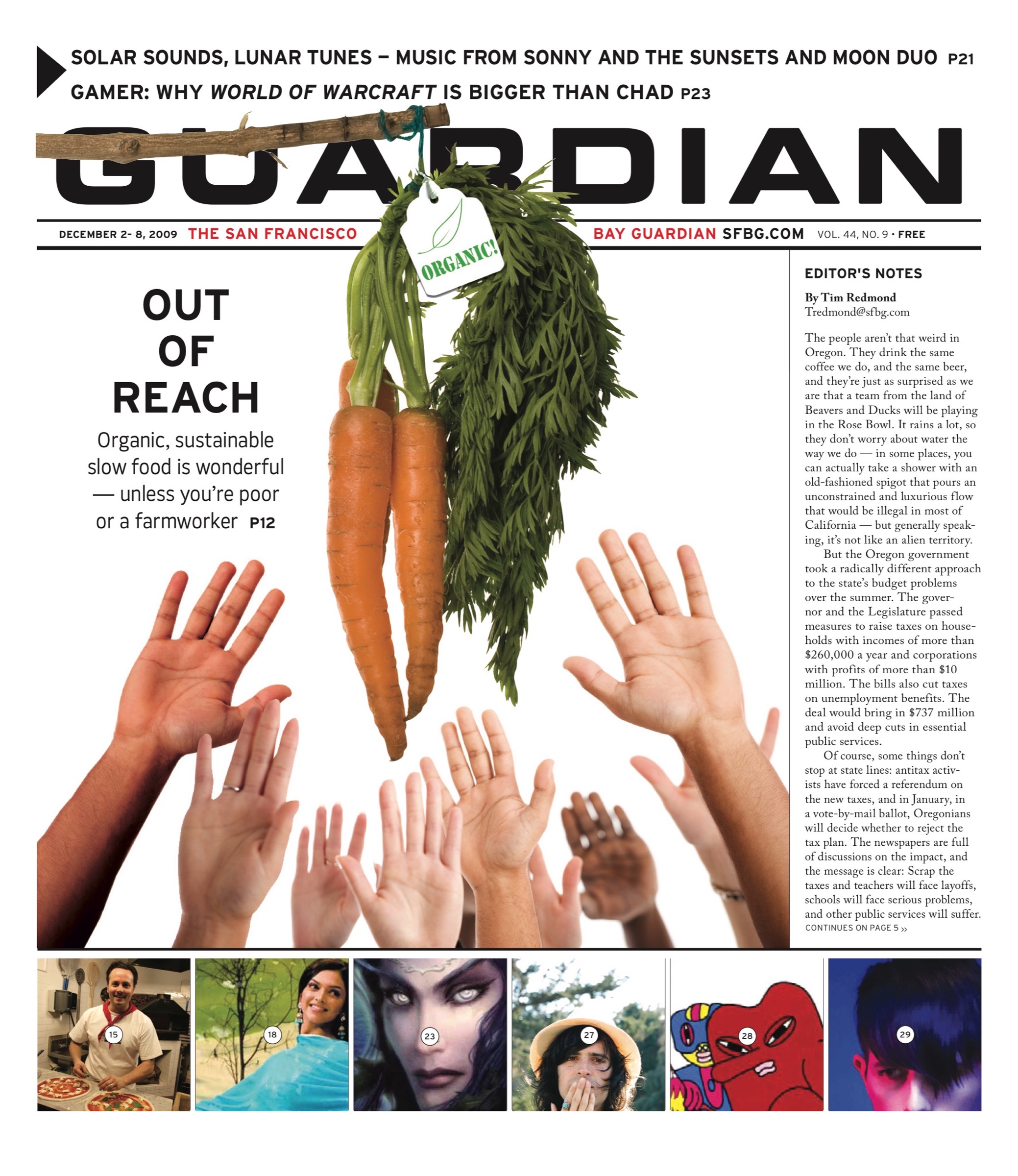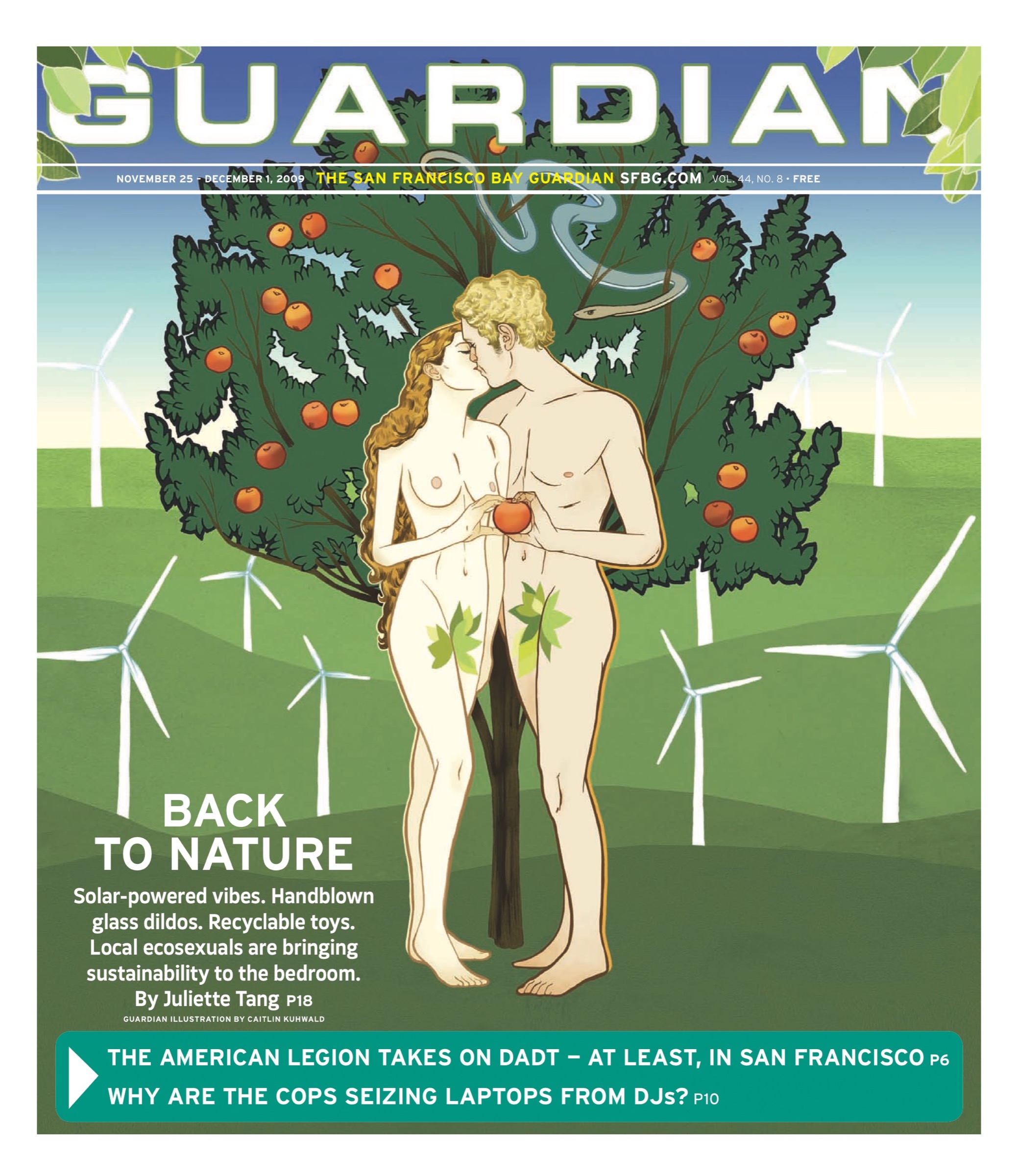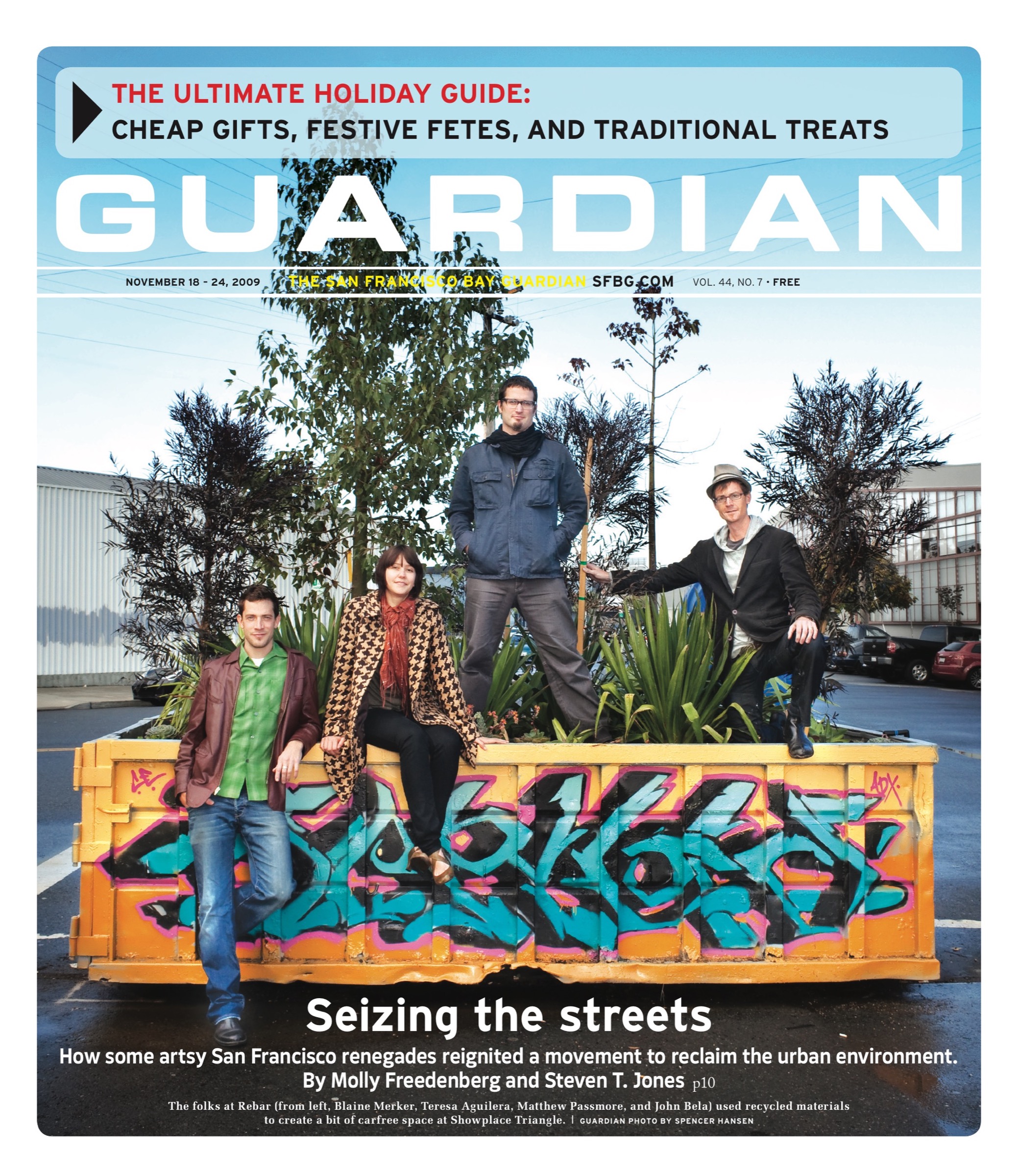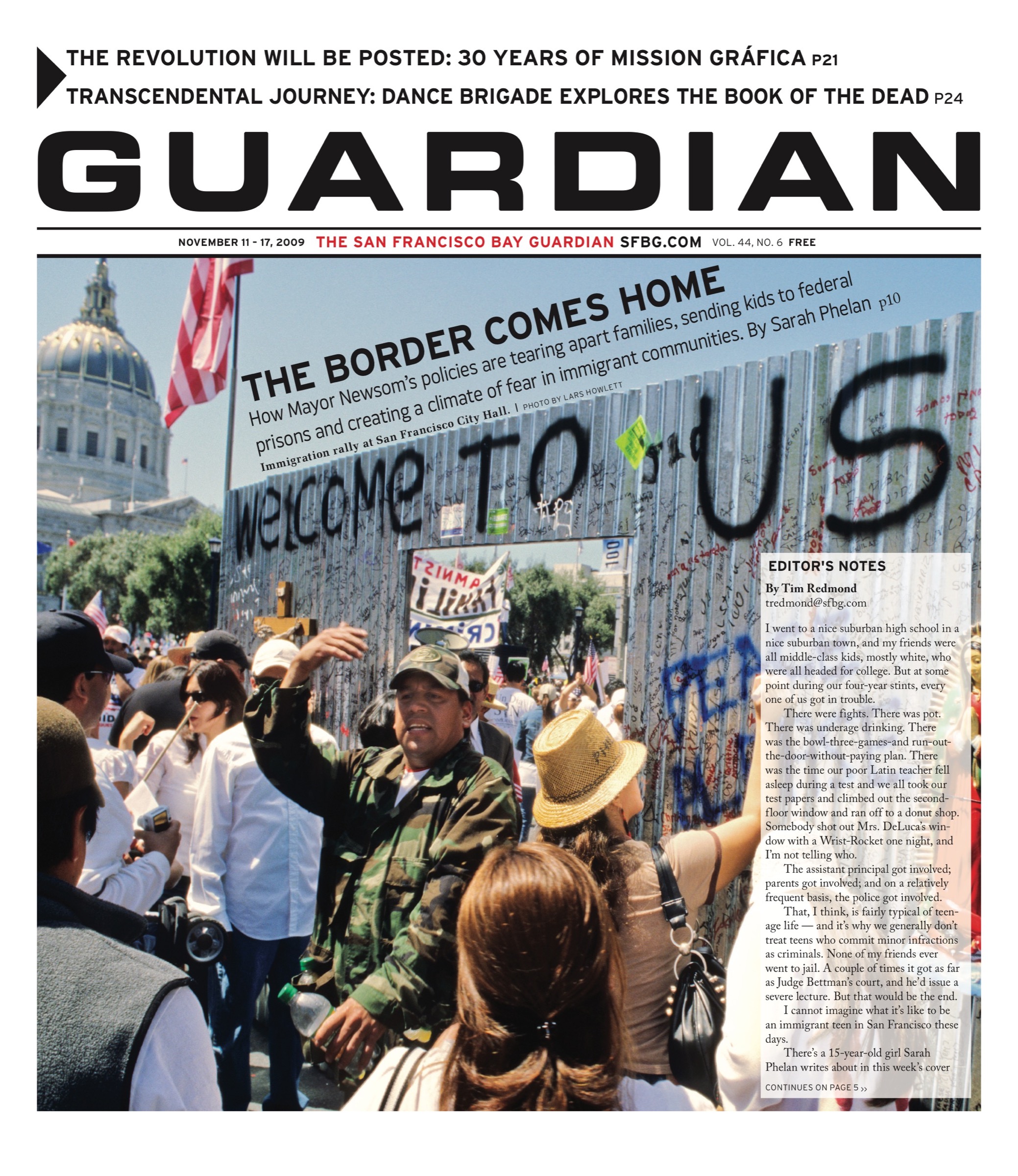FEBRUARY 2000
Christina Aguilera defeats Britney Spears in the Battle of the Midriff-Baring Blondes (i.e., wins the Best New Artist Grammy). The first words of her acceptance speech are "Oh my god, you guys!"
APRIL 2000
Pop goes the world: ‘N SYNC sells 2.4 million copies of No Strings Attached (Jive) in its first week of release, a sales record which still stands. To date it has sold over 15 million copies.
Metallica files suit against Napster, accusing internet pirates of stealing their booty — er, royalties.
Pop goes the world, part two: Britney Spears releases Oops! … I Did It Again (Jive). Album title will take on extra meaning in 2004, when Spears takes the vows twice in a single year (her first marriage is annulled after 55 hours; her second produces a pair of sons in quick succession).
MAY 2000
Eminem releases The Marshall Mathers LP (Aftermath). Two years later, he picks up a Best Song Oscar for "Lose Yourself," the theme from his critically-acclaimed 8 Mile. Eminem’s cinematic success was not to be repeated by his otherwise successful protégé, 50 Cent (see: 2005’s dismal Get Rich or Die Tryin’).
OCTOBER 2000
Chocolate Starfish and the Hot Dog Flavored Water (Interscope) drops; it’s an early contender for worst album title of the decade. Related: "Limp Bizkit" is probably the worst band name of all time.
FEBRUARY 2001
Jennifer Lopez has the number one album (Epic’s J.Lo) and movie (The Wedding Planner) in the country. Media frenzy peaked with Bennifer fever (2002) and national-punchline Gigli (2003).
JULY 2001
Mariah Carey’s downward spiral begins, including a bizarre appearance on MTV’s Total Request Live and the ill-timed release of Glitter, soon after the September 11 attacks. Carey later reclaimed her pop-diva throne with 2005’s The Emancipation of Mimi (Island).
AUGUST 2001
Aaliyah dies in a Bahamas plane crash.
SEPTEMBER 2001
America: A Tribute to Heroes airs on all major networks. It’s the first in a series of concerts featuring big-name performers that would crop up after every major disaster throughout the decade, including the Indonesian tsunami, Hurricane Katrina, and the death of Michael Jackson.
APRIL 2002
Lisa "Left Eye" Lopes dies in a car crash in Honduras.
JUNE 2002
R. Kelly is charged with having sex with a minor after a certain videotape goes viral. "Trapped in the Closet," his 22-part 2005 "hip-hopera," proves even more fascinating.
SEPTEMBER 2002
Kelly Clarkson wins the first season of the hugely popular talent contest American Idol. In Clarkson’s wake: pop stardom, fellow success stories like Carrie Underwood (and failures — anyone seen Taylor Hicks lately?), a zillion rip-off competition shows, a thousand moments of zen with Paula Abdul, and the baffling "Claymate" phenomenon.
NOVEMBER 2002
Michael Jackson. Blanket. Balcony.
DECEMBER 2002
Whitney Houston informs Diane Sawyer that "crack is wack."
FEBRUARY 2003
Famed producer and legendary oddball Phil Spector arrested after a woman he’d just met, actress Lana Clarkson, is shot to death in his mansion. In 2009, after two trials (the first ended in a mistrial), he’s found guilty of second-degree murder.
At a Rhode Island nightclub, 100 people are killed when a fire breaks out during a Great White concert.
MARCH 2003
On the eve of the Iraq War, Dixie Chick, Texan, and American hero Natalie Maines informs a British crowd: "We’re ashamed that the President of the United States is from Texas." Backlash, and a feud with uber-patriotic fellow country star Toby Keith — who had a 2002 hit with "Courtesy of the Red, White, and Blue (The Angry American)" — ensues.
AUGUST 2003
Madonna smooches Britney Spears and Christina Aguilera onstage at the MTV Video Music Awards. Oh my god, you guys!
SEPTEMBER 2003
Johnny Cash goes to meet the Ghost Riders in the Sky. Two years after his death, Walk the Line gives him Hollywood biopic treatment; Reese Witherspoon picks up an Oscar for portraying June Carter, who died just months before her husband.
NOVEMBER 2003
Michael Jackson is arrested for child molestation, not long after the broadcast of Martin Bashir’s fairly skeevy Living with Michael Jackson interviews.
Newlyweds: Nick and Jessica debuts. (Spoiler: they get divorced in 2006!)
FEBRUARY 2004
Janet Jackson. Superbowl. Boob.
JUNE 2004
Dave Chappelle’s Lil John imitation became the imitation you loved to imitate. Whuuut?
AUGUST 2004
Look out, brah! A bus belonging to the Dave Matthews Band dumps 800 pounds of shit off a Chicago bridge and onto a tour boat.
OCTOBER 2004
Ashlee Simpson pulls a Milli Vanilli on Saturday Night Live.
DECEMBER 2004
Heavy metal guitarist Dimebag Darrell shot to death while performing in Columbus, Ohio.
FEBRUARY 2005
YouTube is born.
JUNE 2005
Michael Jackson found not guilty. Dove Lady celebrates.
SEPTEMBER 2005
"George Bush doesn’t care about black people." — Kanye West, during NBC’s live "Concert for Hurricane Relief."
JANUARY 2006
High School Musical airs. Sequels, worldwide fame for even lesser cast members, and nude photo scandals await.
MARCH 2006
Three 6 Mafia win an Oscar for Hustle and Flow jam "It’s Hard Out Here for a Pimp," which they perform live at the ceremony as fossilized Academy members gape in confusion.
JUNE 2006
Over a quarter of a million people download "Hips Don’t Lie" in its first week online, despite the fact that the Shakira track is so utterly inescapable it’s incredible anyone would choose to listen to it during any spare moments when it wasn’t playing already.
OCTOBER 2006
Amy Winehouse releases Back to Black (Island Records); the would-be retro pop queen’s career screeches to a halt after various addictions take hold. For the next few years, Winehouse’s downfall is gleefully chronicled and circulated by paparazzi worldwide.
FEBRUARY 2007
American Idol also-ran Jennifer Hudson wins an Oscar for her supporting performance in Dreamgirls. The gracious Hudson somehow keeps the phrase "In your face, Simon!" out of her acceptance speech.
Britney Spears. Clippers. Hair. (Chris. Crocker.)
JUNE 2007
The Sopranos airs its last episode. Journey’s "Don’t Stop Believin" becomes a new-old sensation.
OCTOBER 2007
Radiohead self-release In Rainbows, allowing customers to determine their own price for the album’s download.
DECEMBER 2007
Jamie Lynn Spears, 16-year-old sister of Britney, announces she’s knocked up. Oh my god, you guys!
APRIL 2008
Miley Cyrus lets Annie Leibovitz take a vaguely smutty photo of her for Vanity Fair.
AUGUST 2008
Stefani Joanne Angelina Germanotta, a.k.a. Lady Gaga, releases The Fame (Interscope). Pop domination imminent.
SEPTEMBER 2008
Blink-182 drummer Travis Barker and Adam "DJ AM" Goldstein are the sole survivors of a small plane crash in South Carolina. Goldstein is found dead in August 2009, leading to more than one tasteless Final Destination joke.
NOVEMBER 2008
Long-gestating, near-mythical Guns N’ Roses album Chinese Democracy (Geffen) finally drops. World shrugs, admits they’ll always prefer Appetite for Destruction (Geffen) no matter what Axl does from here on out.
FEBRUARY 2009
Christian Bale’s angry rant at a crew member on the set of Terminator: Salvation becomes an Internet sensation. A dance remix follows almost instantaneously. "What don’t you fucking understand?"
Chris Brown beats up then-girlfriend Rihanna. He pleads guilty in August; as part of his sentence, he must stay 100 yards away from Rihanna (10 yards at public events) for five years.
JUNE 2009
Michael Jackson dies.
SEPTEMBER 2009
Berkeley Repertory Theater premieres American Idiot, a musical based on the 2004 Green Day album.
"Taylor, I’m really happy for you, and I’m gonna let you finish, but Beyoncé had one of the best videos of all time." — Kanye West, MTV Video Music Awards. This is the only interesting thing that has ever happened to Taylor Swift.

